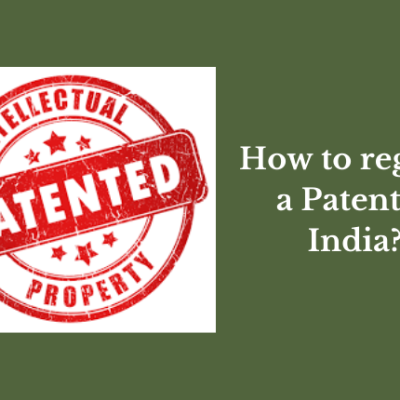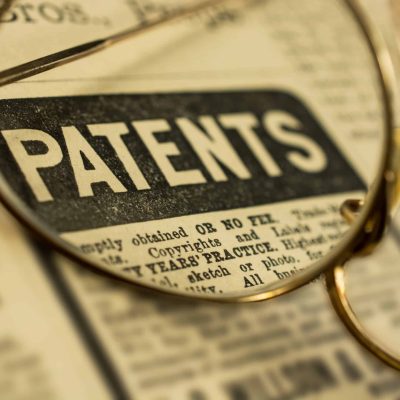What is a Patent?
A patent is a legal right granted by the Government to an inventor for a new and useful invention giving them control over its making, using, selling and distributing. It provides exclusive rights to make, use, sell, or distribute the invention for a specific period, usually 20 years from the date of filing. In exchange, the inventor must publicly disclose the details of the invention, allowing others to learn from it after the patent expires.
Patents fall under Intellectual Property (IP) Law, which protects innovations and encourages technological advancements by rewarding inventors for their creativity and investment.
A patent can be granted for:
- A new product (e.g., a new type of smartphone battery).
- A new process (e.g., a unique method to manufacture vaccines).
- A combination of known technologies that results in a novel and useful outcome.
Features of a Patent
- Exclusive Rights: The inventor gets a monopoly over the invention.
- Limited Duration: Protection lasts for 20 years from the filing date.
- Public Disclosure: The invention must be published in the patent database.
- Territorial Rights: A patent is valid only in the country where it is granted.
Importance of Patents in India
India, as a rapidly developing country, relies on innovation and technology to drive economic growth. Patents encourage research and development (R&D) and ensure that inventors benefit from their inventions.
Encourages Innovation and R&D: Patents give inventors a financial incentive by granting exclusive rights to commercialize their innovations. This fosters an environment where companies and individuals invest in new technology, pharmaceuticals, and industrial processes.
Protects Inventors’ Rights: Without patent protection, inventors could lose their innovations to competitors who copy their ideas. Patents ensure that inventors get the credit and profits from their hard work.
Attracts Foreign Investments: A strong patent system encourages foreign companies to invest in India because they know their innovations will be protected. This is particularly important in industries like biotechnology, artificial intelligence, and pharmaceuticals.
Boosts Economic Growth: Patents promote industrialization by encouraging startups and businesses to develop unique products. This helps increase employment and contributes to India’s GDP growth.
Enhances Competitiveness in Global Markets: Countries with strong patent laws become global leaders in innovation. India’s growing patent system helps Indian companies compete internationally, especially in pharmaceuticals, IT, and engineering.
Purpose of Patents in India
The patent system is designed to balance the rights of inventors and the welfare of society. The main objectives of the patent system in India include:
Protecting and Rewarding Innovation: The fundamental purpose of patents is to protect new inventions and provide inventors with an exclusive right over their work. This encourages individuals and companies to invest in research and development (R&D).
Promoting Public Disclosure of Knowledge: In return for granting patent rights, inventors must disclose the technical details of their inventions. This allows other researchers and businesses to learn from these inventions and improve upon them.
Preventing Unauthorized Use and Imitation: Patents prevent others from copying or selling an invention without the inventor’s permission. This legal protection ensures that companies benefit from their investment in innovation.
Supporting Public Interest & Affordable Technology: The Indian patent system has provisions (such as compulsory licensing) to ensure that patents do not create monopolies that harm public welfare. For example, life-saving drugs can be produced by other manufacturers at lower prices under certain conditions.
Strengthening India’s Position in Global Trade: As India participates in international trade agreements, having a strong patent system aligns Indian businesses with global intellectual property laws, allowing them to export patented products and technologies.









